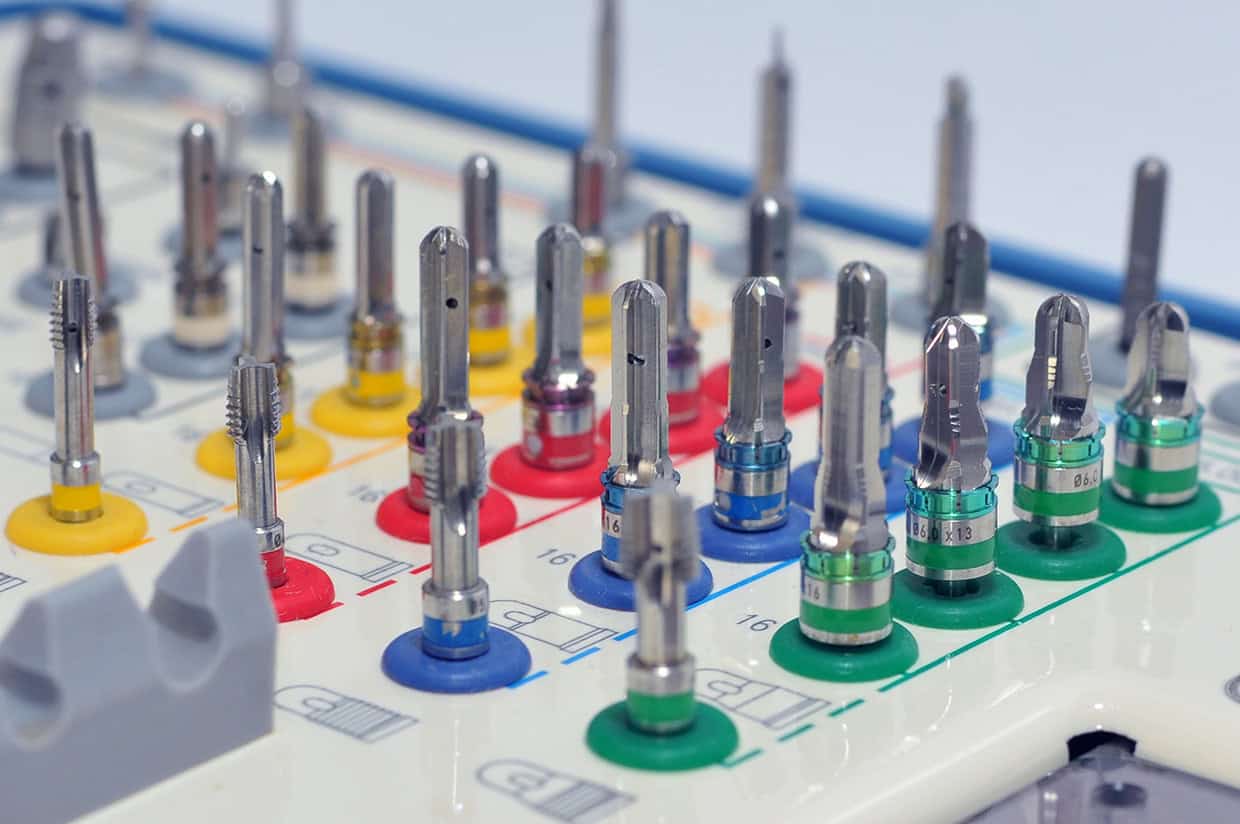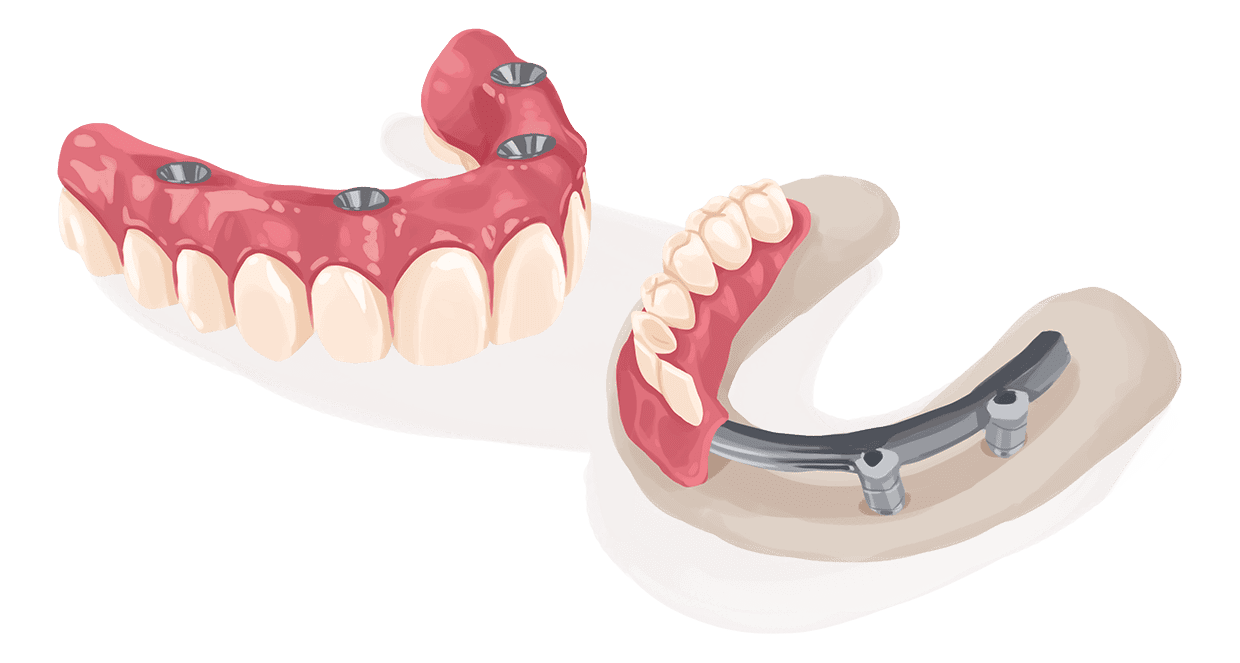Dental implants are a permanent restoration of missing teeth. It is one of the few methods that don’t rely on adjacent dentition for support. This solution gives patients back their ability to talk, eat, and feel as if their teeth never fell out at all.
This craft has been attempted for as long as we know. And while some methods are just astounding today, there is evidence that the restorations may have been functional, if not permanent.
Antiquity and the first strides
The earliest dental implant we have records of was done in Ancient China. Bodies from over 4,000 years ago were found with bamboo pegs tapped into the jawbone to replace teeth. Later, about 2,000 years ago, Ancient Egyptians moved on to precious metals and even ivory.
In 1931, Wilson Popenoe and his wife found a body of a young Mayan woman from 600 AD at a site in Honduras. She had three missing incisors (front teeth) that were replaced with pieces of shell.
At first, scientists thought that the replacement was made after her death, but they later noticed that bone started to grow around the primitive implant. This wasn’t discovered until 1970 after the process of osseointegration was analyzed. It is proof that the restoration must have been functional.
Either way, the hygienic standards and methods were less ideal than today. The holes must have been dug with manual drills. Just imagine how long and painful the process must have been!
The age of experimentation
Evidence from later implantation comes from the sixteenth century. Around this time doctors would use teeth from the poor or from dead bodies to restore smiles. In the 1700s, a doctor called John Hunter would work with grave robbers to conduct such procedures, along with questionable experiments.
This allowed him to carefully analyze the human anatomy. He managed to implant a tooth to the comb on a rooster’s head (the red, fleshy part). Blood vessels grew into it, making the procedure successful.
Around this time researchers began to experiment with materials such as gold, silver, metal alloys, porcelain, and iridium. Later, in 1809, J. Maggiolo implanted a gold tube into the hollow space left behind a missing tooth. After healing, he added a crown, but the patient experienced severe inflammation.
Another attempt was made with a porcelain crown on a platinum disc in 1886, but all these procedures ended up failures. The materials were not biocompatible and thus were rejected by the bone.

Success in the 20th century
The twentieth century marks the moment dentists began experimenting with semi-successful implants. The Greenfield system of 1913 involved an iridioplatium post with a gold crown and showed signs of osseointegration (fusion to bone). It only lasted a few years, though.
The Strock brothers also made strides with vitallium, a material that is biocompatible. They are considered to be the first to place an implant successfully.
Shortly afterward came a huge breakthrough: titanium. Experiments were made with implantation into the lower legs of rabbits. After healing, it was found that the implants were very difficult to remove.
A Swedish scientist by the name of Dr. Per-Ingvar Brånemark managed to complete a successful transplant in a human in 1965. His patient died in 2006 and his implant went to the grave with him.
Dental implantation nowadays
Since then the procedure has been perfected, but his method is still in use today. More than 7 million Brånemark System implants have been placed, and many more by different companies.
They are now made of a titanium alloy and in the shape of a screw to secure them more steadily in the bone. There is also a standard of an abutment and crown, which protect the implant from bacteria in the mouth.
The success rate of modern implants is very high, about 95%. They are often used to support bridges, even ones that stretch over entire arches. This is called the all-on-four method, in use since 1977. As the name suggests, it utilizes four implants to support a full, fixed bridge.
G4 by Mike Golpa

The G4 implant solution by Golpa is a streamlined version of the all-on-four-method. Entire arches are mounted on titanium rods and frames. The whole procedure only takes 24 hours. Prices start as low as $16,500 and everything is done in one location.
Thousands of patients have left dr Golpa’s practice satisfied. It’s the closest a patient can get to look, feel, and function as if they had their natural teeth. Schedule a consultation today.